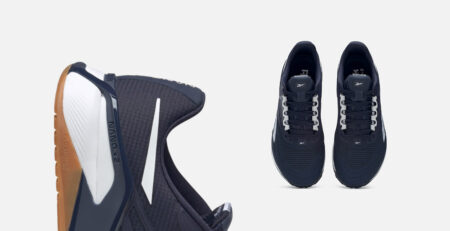Pro Tips for Performing Interval Training
As most of us return to a normal, daily routine, our training time becomes more condensed than it probably was during the holidays. The training therefore needs to become more focused and intense with less volume but more ‘bang for our minutes’. This works well with the time of the year as this is when we start to prepare more specifically for events coming up. Interval training seems fairly simple in theory but there are a few things that we can learn from professional athletes that will help us to perform these critical sessions more effectively. Intervals are not simply a matter of thrashing ourselves as hard as we can from the first interval and finishing the session feeling like death warmed up. A well planned and executed interval session should have us peaking right at the end and doing just enough to stimulate improvement, without requiring a week off to recover.
Focus on pacing
When analysing a Threshold Interval session, we want to see a gradual increase of the heart rate graph. The short recovery period will result in our heart rate not dropping to starting level of the previous interval and, if the intensity is paced correctly, it should peak a bit higher at the end of each interval. Remember, when using heart rate as a guide of your intensity in the session, it takes a while for the heart rate to rise in response to our effort, so we don’t want to try to achieve 90-100% of our anaerobic threshold too soon. That will actually mean that we are working above AnT and will end up having to back off on the effort later in the session, to stay there. Perceived effort is critical in the early stages of these interval sets as a result. This is something that comes with practice and experience and it is better to err on the side of going easier at the beginning of the set, rather than going too hard, in order to best achieve the goals of the session. An excellent tool for controlling the output of these sessions is a power meter, which is available for cycling and also on better wearable devices for running. In swimming we can effectively use the pace clock if we have determined our Critical Swim Speed (CSS).
Focus on form
These sessions start out feeling pretty comfortable, but they end feeling really hard. As the fatigue builds and the discomfort increases, we need to direct our internal focus on holding good form and posture and not letting technique slip. This is most critical in swimming where even the slightest imperfections in technique can result in a big loss of efficiency and speed, but it also applies to cycling and running. Concentrate on maintaining good posture and body position. Keep the upper body relaxed and try to stay ‘easy’ even though the effort is not. Getting too ragged towards the end of these kinds of sessions, too often in a season, can result in us ‘learning’ bad technique. Over time this faulty form can become ingrained and at worst, lead to injury but, at best, not allow us to perform at our potential at the races.
Warm up and cool down
We want to begin the first interval well warmed up but not fatigued. Our warm ups should be long enough to achieve that, without being too long. They should also gradually escalate, so that we steadily bring our heart rate to within 15-20bpm of where we want to begin the first interval before we start it. This can be achieved simply by gradually increasing the pace through the warm up period or by performing some light, short accelerations. Always drop to an easy pace for a minute or two before starting the first interval though. Cool downs are just as important as warm ups. We should end these interval sessions with our heart rates extremely high and our muscles tired and even a little sore. We want to allow the heart rate to drop to recovery levels for at least a few minutes before completely stopping and we want to begin the muscle recovery process with some light activity to circulate blood and nutrients and light contractions to ease the tension we have created and begin the repair of micro-tears that have occurred. We don’t want to spend too much time working at this low intensity in a fatigued state though. So, don’t try to add mileage to your week by extending the cool down period for too long.






Leave a Reply